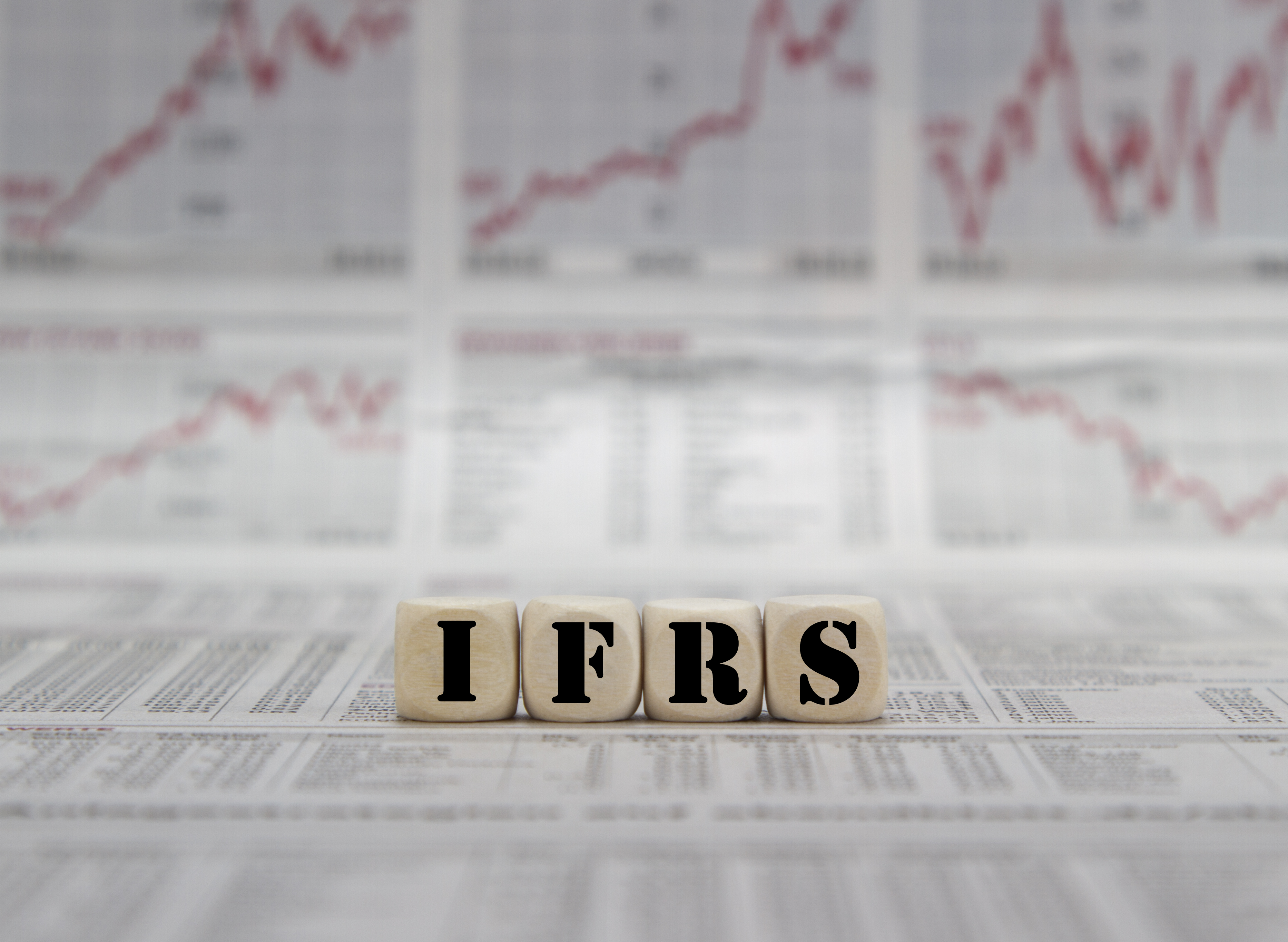IFRS 16: The impact on companies and investors
IFRS 16, Leases, is an accounting standard that was issued by the International Accounting Standards Board (IASB) in January 2016. It is effective for annual periods beginning after January 1, 2019. IFRS 16 requires companies to recognize all leases on their balance sheets, regardless of whether they are operating or finance leases. This change has a significant impact on companies' financial statements, and it can also have an impact on their cash flow and profitability.
The Impact on Financial Statements
The most significant impact of IFRS 16 is that it will increase the amount of debt that companies report on their balance sheets. This is because all leases, including operating leases, will now be treated as liabilities. This can have a negative impact on a company's credit rating and its ability to raise capital.
In addition, IFRS 16 will also affect a company's income statement. This is because companies will now have to amortize the cost of their leases over the lease term, rather than expensing them as incurred. This will increase a company's expenses, which can lead to lower profits.
Read also: GAAP to IFRS conversion checklist - Here are 13 tips for best practice
The Impact on Cash Flow
IFRS 16 can also have an impact on a company's cash flow. This is because companies will now have to make lease payments on a regular basis, rather than just when they renew or acquire new leases. This can put a strain on a company's cash flow, especially if it has a large number of leases.
The Impact on Investors
IFRS 16 can also have an impact on investors. This is because it will make it more difficult for investors to compare the financial performance of different companies. This is because companies will now be reporting different amounts of debt and expenses on their financial statements.
In addition, IFRS 16 can also make it more difficult for investors to assess a company's future cash flow. This is because companies will now be reporting different amounts of lease payments on their cash flow statements.
Conclusion
IFRS 16 is a significant change to the accounting standards for leases. It has a major impact on companies' financial statements, cash flow, and profitability. Investors should be aware of these impacts when making investment decisions.
Here are some of the implications of IFRS 16:
- Increased debt: As mentioned above, IFRS 16 will require companies to recognize all leases on their balance sheets, regardless of whether they are operating or finance leases. This will increase the amount of debt that companies report on their balance sheets, which can have a negative impact on their credit rating and their ability to raise capital.
- Higher expenses: IFRS 16 will also require companies to amortize the cost of their leases over the lease term, rather than expensing them as incurred. This will increase a company's expenses, which can lead to lower profits.
- Reduced cash flow: IFRS 16 will require companies to make lease payments on a regular basis, rather than just when they renew or acquire new leases. This can put a strain on a company's cash flow, especially if it has a large number of leases.
- More difficult to compare companies: IFRS 16 will make it more difficult for investors to compare the financial performance of different companies. This is because companies will now be reporting different amounts of debt and expenses on their financial statements.
- More difficult to assess future cash flow: IFRS 16 will make it more difficult for investors to assess a company's future cash flow. This is because companies will now be reporting different amounts of lease payments on their cash flow statements.
Overall, IFRS 16 is a significant change to the accounting standards for leases. It has a major impact on companies' financial statements, cash flow, and profitability. Investors should be aware of these impacts when making investment decisions.




